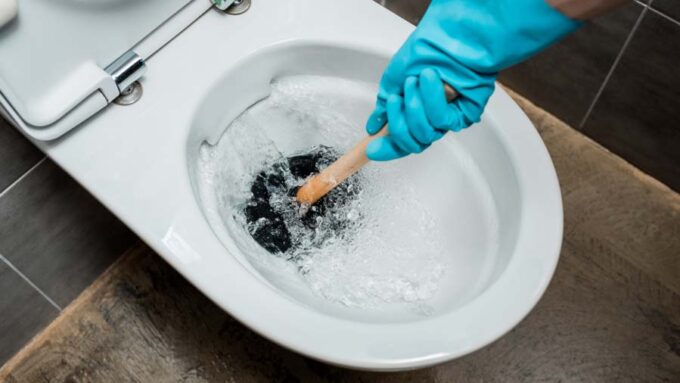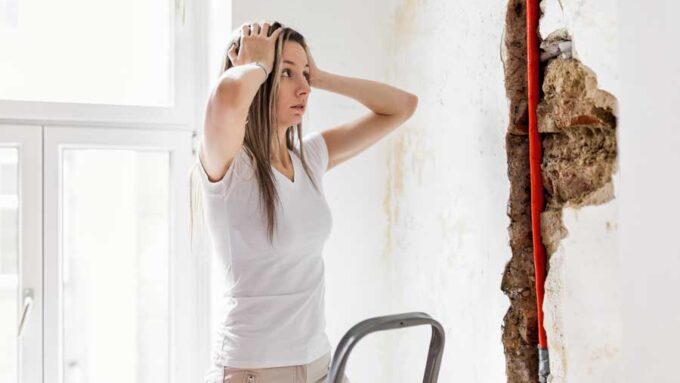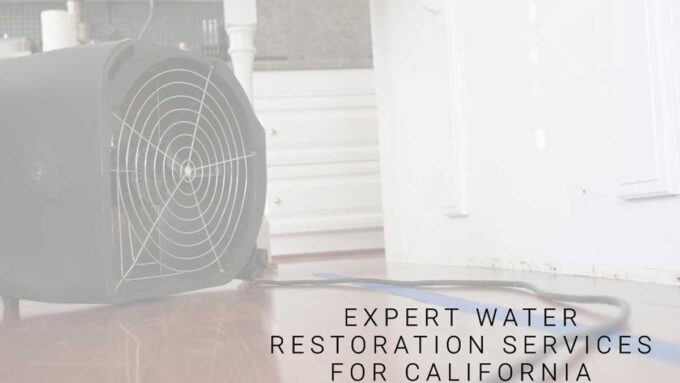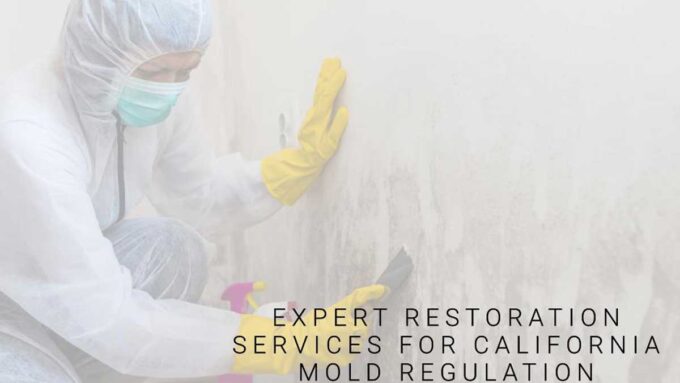The Risk of Sewer Backups in Older Homes

You may love your older home because of its charm and character. However, along with charm and character, an older home also comes along with the potential for cracks, leaks and failing pipes. Here’s how to minimize your risk of a sewer backup in an older home.
Common Causes of a Sewer Backup
Clog or Blockage
The most common cause of a sewer backup is due to a clogged drain pipe or in the sewer line under your home. Clogs can result from an overload of grease, hair, or anything else obstructing the flow of wastewater. Problems with a sump pump can also cause a clog somewhere in the drainage flow.Cracks in Underground Sewer Pipes
Older homes have older underground pipes. When these homes were built, the pipes were made of clay or cast iron. Clay pipes can completely collapse and usually do over time. Cast iron rusts and the pipes become damaged fairly easily. These cracks and holes grow larger until the system can no longer function properly and that means a potential sewer backup for you.Tree Roots
Old, large trees have incredibly long-reaching roots underground. Sometimes, these tree roots make their way to one of your underground pipes, especially if there’s a water leak. Tree roots always seek out water sources, so a leaky pipe is a prime target. Tree roots can easily grow into a small leak and create a large hole. They can also grow around the pipe, making water flow difficult and may result in a sewer backup.Heavy Rain or Floods
During a period of heavy rains, the city’s main sewer system may become overloaded and unable to handle large amounts of water. If the main sewer system floods, it’s possible for the excess water to end up in the sewer pipes leading to your home. A telltale sign of a main sewer system flood that reaches your sewer pipes is if your sinks are filling up with water and draining slowly.Signs of a Potential Sewer Backup
Primarily in place to process wastewater, the sewer system is a complex but necessary part of maintaining a clean, healthy home environment. By removing wastewater, it reduces the potential for flooding and stops the spread of water-based bacteria, toxins, and the spread of disease. A sewer backup changes all of that by allowing toxic wastewater to backup right into your home. Watch for these signs of a potential sewer back up:- Multiple clogged drains (showers, sinks and toilets especially in the lowest level of your home).
- Gurgling noises from a sink as toilets flush, or vice versa
- Toilets not flushing even after plunging
- Bubbling as water drains from sinks or toilets





